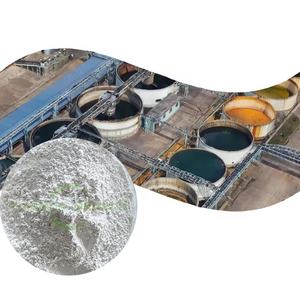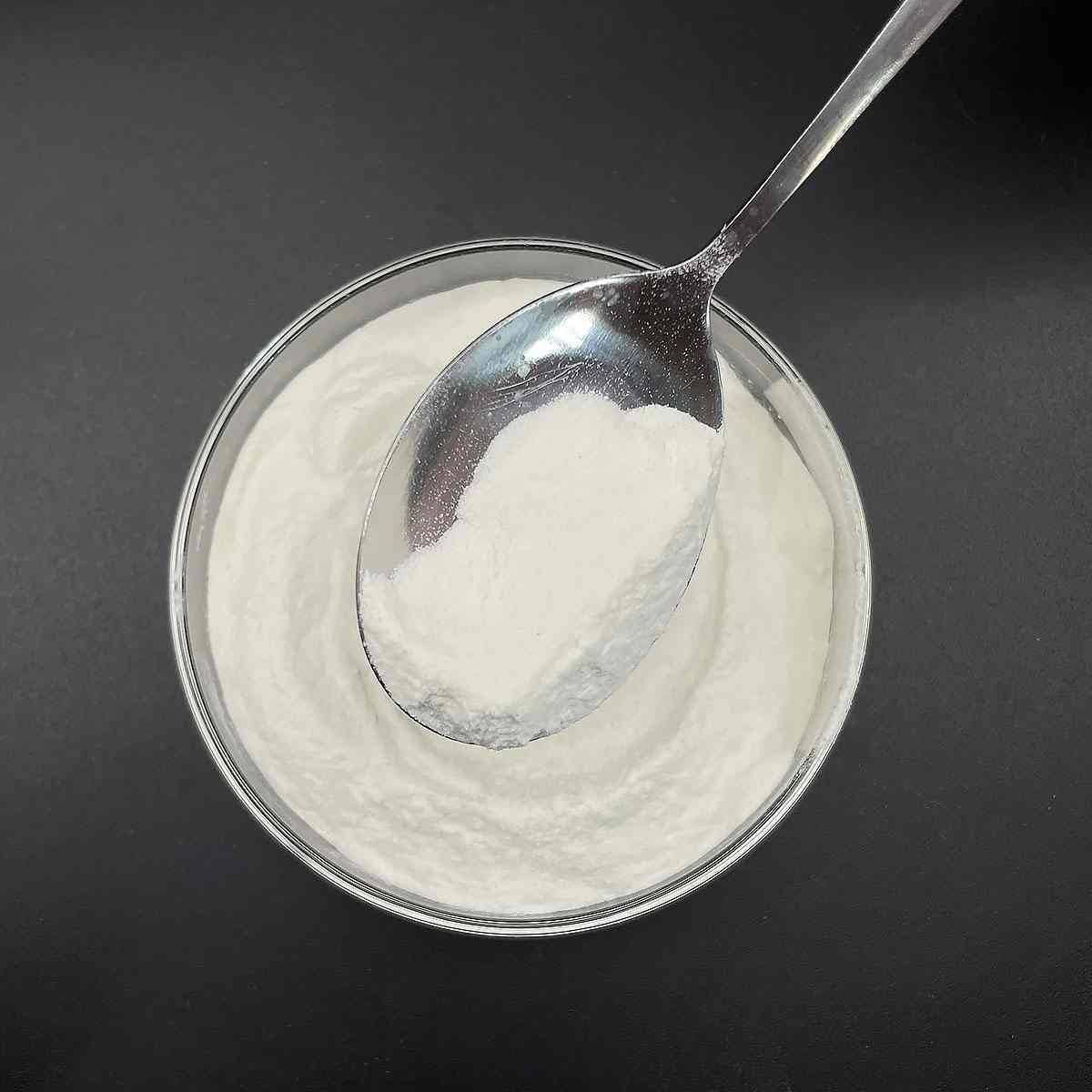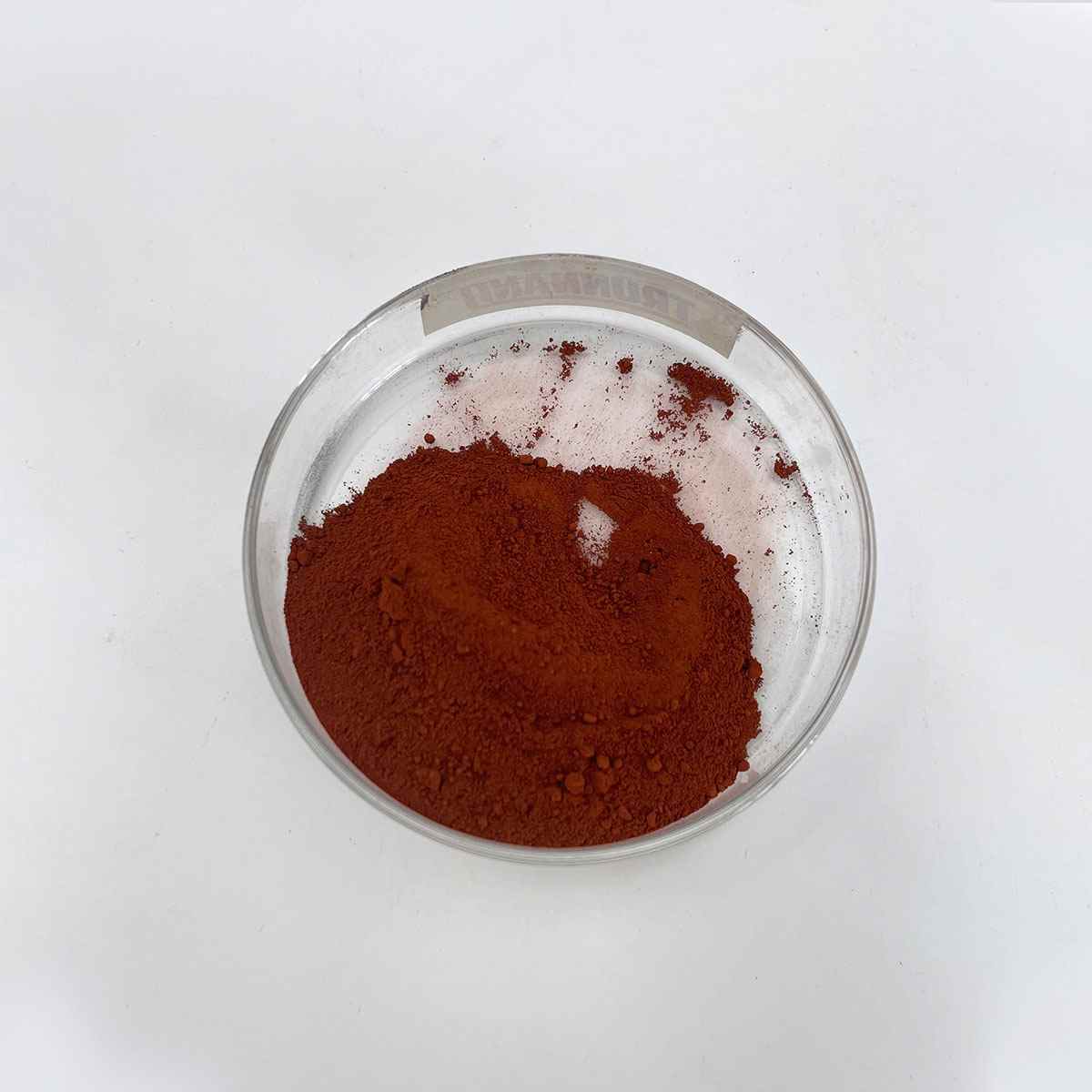1. Introduction
In the past 48 hours, a new study published in the Journal of Cosmetic Dermatology has reignited public interest in sodium lauryl sulfate (SLS), highlighting its potential to disrupt the skin barrier in sensitive individuals. As consumers increasingly scrutinize ingredient labels, understanding what SLS really is—and how it compares to alternatives like alkyl polyglucoside or coco betaine—has never been more relevant.

Sodium lauryl sulfate, also known as sodium dodecyl sulfate (SDS), is one of the most common anionic surfactants used globally. Found in everything from shampoos to toothpaste and even industrial cleaners, SLS is prized for its powerful foaming and cleansing abilities. But with growing awareness of skin health and environmental impact, many are asking: is SLS safe, and are there better options?
2. What Is Sodium Lauryl Sulfate?
Sodium lauryl sulfate (SLS)—sometimes labeled as sls sodium lauryl sulfate, na lauryl sulfate, or natrium lauryl sulfate—is a synthetic surfactant derived from lauryl alcohol, often sourced from coconut or palm kernel oil. Chemically, it’s known as sodium dodecyl sulfate, reflecting its 12-carbon alkyl chain.
As a surfactant, SLS reduces surface tension between liquids or between a liquid and a solid. The meaning of surfactant comes from ‘surface-active agent,’ and these molecules have a hydrophilic (water-loving) head and a hydrophobic (oil-loving) tail. This dual nature allows them to lift dirt, oil, and microbes from surfaces—making them essential in cleaning and personal care formulations.
3. How SLS Works in Products
In shampoos, body washes, and toothpastes, SLS creates the rich lather many associate with ‘cleanliness.’ It’s highly effective at emulsifying oils and suspending grime so it can be rinsed away. You’ll often see it paired with other surfactants like cocamidopropyl betaine (also called coco amido propyl betaine or amidopropyl betaine) to reduce irritation while maintaining foam.

It’s important to distinguish SLS from sodium laureth sulfate (SLES), also known as sodium lauryl ether sulfate or sodium lauryl ether sulphate. While both are anionic surfactants, SLES is ethoxylated—meaning it’s been treated with ethylene oxide—which makes it milder but introduces concerns about potential 1,4-dioxane contamination. Labels may confusingly list ‘sls sodium laureth sulfate’ or ‘sulfate laureth,’ but these refer to SLES, not SLS.
4. Safety and Controversy
SLS is generally recognized as safe by regulatory bodies like the FDA and EU Commission when used in rinse-off products at typical concentrations (usually 1–15%). However, it can cause skin and eye irritation, especially in people with eczema or sensitive skin. Unlike pulmonary surfactants that protect lung alveoli, SLS has no biological role in the body—it’s purely functional in formulations.
Contrary to viral myths, SLS is not carcinogenic. But its harshness has driven demand for gentler alternatives. This has led formulators to explore amphoteric surfactants like cocamidopropyl betaine and non-ionic surfactants such as decyl glucoside, coco glucoside, and polysorbate 80 (also known as Span80).
5. Popular Alternatives to SLS
- Alkyl polyglucoside: A bio surfactant derived from sugar and fatty alcohols, known for being mild and biodegradable.
- Sodium cocoyl isethionate and sodium lauroyl methyl isethionate: Creamy, low-irritation surfactants common in ‘syndet’ bars.
- Sodium coco sulfate: Often marketed as a ‘natural’ alternative, though still anionic and potentially irritating at high doses.
- Lauroyl sarcosinate and sodium lauroyl sarcosinate: Mild anionic surfactants used in toothpaste for foaming without harshness.
- Amphoteric surfactants like coco betaine: Work well across pH ranges and reduce irritation from anionic surfactants.

Non-ionic surfactants like pluronic 127 (poloxamer 188) and ethoxylated alcohols are also gaining traction, especially in agricultural applications such as surfactant for herbicides or lawn wetting agent formulations. In fact, surfactant for weed killer products often use nonionic surfactant blends to help active ingredients penetrate waxy plant leaves.
6. Industrial and Agricultural Uses
Beyond personal care, SLS and related compounds like sodium dodecylbenzene sulfonate are used in detergents, emulsifiers, and even in labs as a denaturing agent. In agriculture, surfactants like lignin sulfonate or methylated seed oil act as wetting agents for grass and crops.
Companies like Rohit Surfactants Private Limited supply industrial-grade SLS for diverse applications, including formulations requiring cationic surfactants such as cetyl trimethyl ammonium bromide (CTAB) or cetyltrimethylammonium bromide—though these are chemically distinct from anionic SLS. Note that CTAB, unlike SLS, does not dissolve in nonpolar solvents like hexane due to its ionic nature.
Other niche surfactants include sodium deoxycholate (a bile salt), sodium oleate (from olive oil), and fluoro surfactants for high-performance applications. Even copper 1 bromide has surfactant-like uses in specialized chemistry, though it’s not common in consumer goods.
7. Choosing the Right Surfactant
When selecting products, check labels carefully. ‘Sls sulfate’ or ‘lauryl sulfate’ usually means SLS. If you see ‘sodium laureth’ or ‘laureth sulphate,’ it’s likely SLES. For sensitive skin, look for formulas combining amphoteric and non-ionic surfactants—such as decyl glucoside with cocamidopropyl—or true bio surfactants like sodium cocoyl glutamate.
If you’re mixing herbicides at home, avoid using dish soap as a surfactant—it often contains SLS, which can damage plants. Instead, use purpose-made nonionic surfactant blends designed as wetting agent for grass or surfactant non ionic concentrates.
8. Conclusion
Sodium lauryl sulfate remains a workhorse surfactant due to its effectiveness and low cost. However, the rise of milder, sustainable alternatives reflects a broader shift in consumer preferences toward gentler, eco-friendly ingredients. Whether you’re choosing a shampoo or a weed killer, understanding the surfactant landscape— from anionic and cationic types to amphoteric and non-ionic options—empowers smarter, healthier decisions.
Our Website founded on October 17, 2012, is a high-tech enterprise committed to the research and development, production, processing, sales and technical services of ceramic relative materials such as Sodium. Our products includes but not limited to Boron Carbide Ceramic Products, Boron Nitride Ceramic Products, Silicon Carbide Ceramic Products, Silicon Nitride Ceramic Products, Zirconium Dioxide Ceramic Products, etc. If you are interested, please feel free to contact us.


